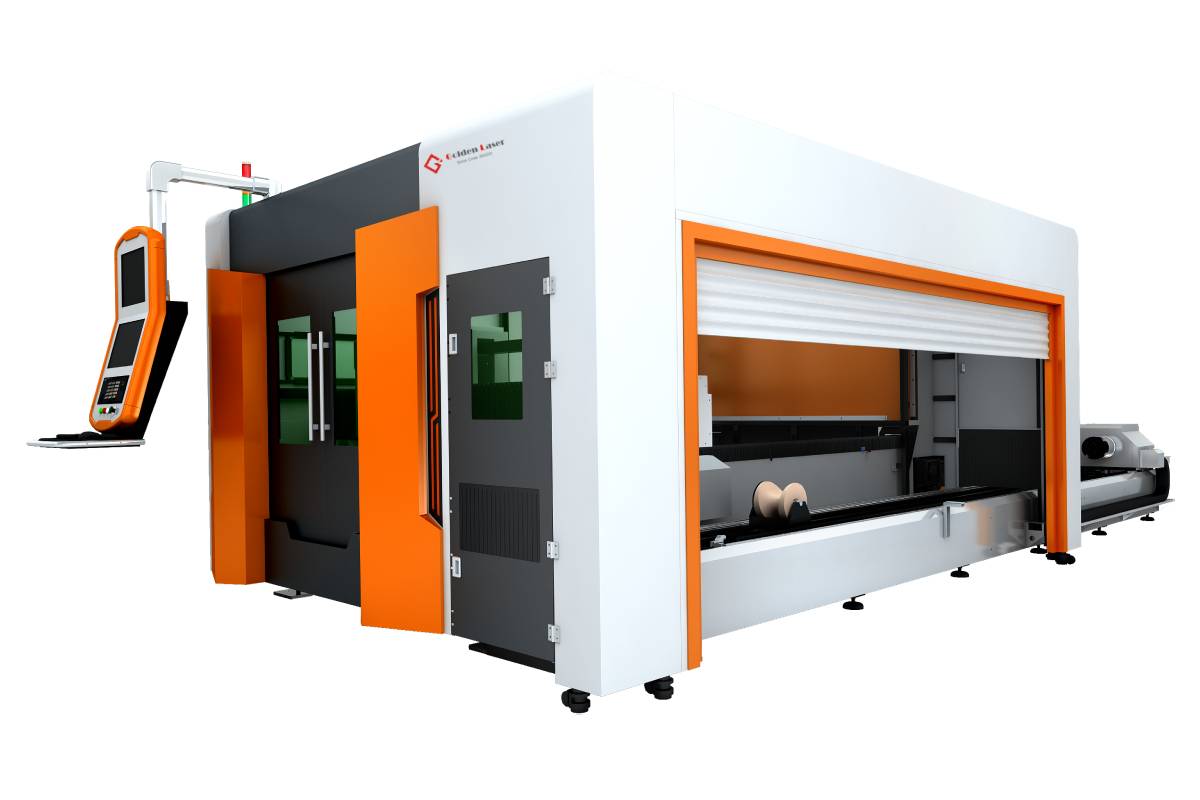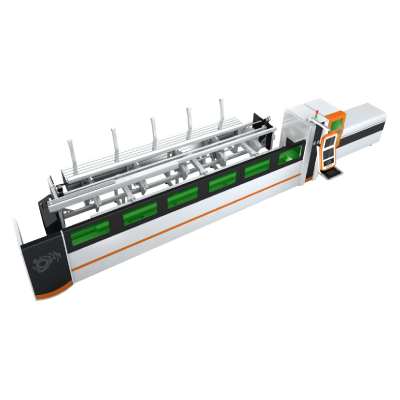In the realm of modern metal fabrication, the advent of fiber metal laser cutting technology has brought about a remarkable transformation. This cutting-edge technology has revolutionized the industry, offering unprecedented precision, speed, and versatility, thus enabling manufacturers to deliver superior quality products in considerably shorter lead times. Fiber metal laser cutting has become an integral part of various industries, including automotive, aerospace, electronics, and architecture, among others, as it offers a multitude of benefits, such as improved productivity, cost savings, and enhanced design possibilities.
So, what exactly is fiber metal laser cutting? It involves the utilization of high-power fiber lasers to cut through various types of metals with remarkable accuracy and speed. The laser beam is emitted through a fiber optic cable, and focused by a lens onto the material being cut. This process creates an intense beam of light that melts or vaporizes the metal, allowing for precise and clean cuts, even in complex shapes and intricate patterns.

Fiber Metal Laser Cutting: A Revolutionary Technology Enhancing Precision and Efficiency in Metal Fabrication
One of the key advantages of fiber metal laser cutting is its ability to achieve exceptional precision. The high energy density of the laser beam results in a narrow and concentrated heat-affected zone, minimizing the risk of thermal distortion. This exceptional accuracy enables manufacturers to achieve tight tolerances, intricate designs, and fine details that were previously unattainable through traditional cutting methods. The superior precision offered by fiber metal laser cutting not only ensures the production of high-quality parts but also reduces the need for secondary operations, leading to significant time and cost savings.
Furthermore, fiber metal laser cutting offers exceptional speed, significantly reducing production time. The intensity and speed of the laser beam allow for rapid cutting without compromising precision. When compared to conventional cutting techniques, such as plasma or waterjet cutting, fiber metal laser cutting offers unparalleled cutting speeds, boosting overall productivity and enabling manufacturers to meet tight deadlines and fulfill large-scale orders efficiently.
Another notable advantage of fiber metal laser cutting is its versatility in handling various types of metals. Whether it’s stainless steel, aluminum, copper, brass, or other alloys, fiber metal laser cutting can effectively cut through these materials with exceptional precision and minimal heat-affected zones. This versatility makes it ideal for a wide range of industries, where different metal types and thicknesses are commonly used.
In addition to the precision, speed, and versatility, fiber metal laser cutting also offers environmental benefits. It operates with lower power consumption, as fiber lasers are inherently more energy-efficient compared to CO2 lasers. Additionally, fiber metal laser cutting produces less waste material due to the narrow kerf width, minimizing material losses and costs associated with scrap.
When combined with computer numerical control (CNC) technology, fiber metal laser cutting leads to immense design possibilities. The capability to program the laser cutter with intricate designs and patterns enables manufacturers to create highly customized products, tailored to meet individual customer requirements. This flexibility paves the way for innovative designs, providing manufacturers with a competitive edge in the market.

Fiber Metal Laser Cutting: A Revolutionary Technology Enhancing Precision and Efficiency in Metal Fabrication

Fiber Metal Laser Cutting: A Revolutionary Technology Enhancing Precision and Efficiency in Metal Fabrication
In conclusion, fiber metal laser cutting has emerged as a game-changing technology, offering unparalleled precision, speed, and versatility in metal fabrication. With its ability to achieve remarkable accuracy, deliver quick turnaround times, and handle various metals with ease, fiber metal laser cutting has become an indispensable tool for manufacturers across different industries. As the technology continues to advance and evolve, we can expect even greater advancements and improvements in the field of metal fabrication, further pushing the boundaries of what is possible. Metal Fiber Laser Cutter Machine
